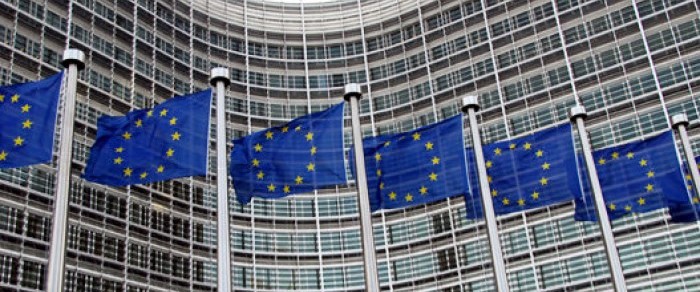
The gas price cap part of the proposal will be for the EU’s benchmark gas contract known as the TTF—but the cap proposed here is not the full price cap that the EU has been discussing and debating for months. Instead, the cap is proposed only as a temporary tool while the EC tries to get on the same page on establishing a permanent benchmark for LNG prices.
According to the proposal, several conditions would need to be met before the price cap would be imposed, the Wall Street Journal pointed out on Tuesday. The first of those conditions would be some assurance that gas flows between EU countries isn’t interrupted. The other condition is that gas consumption within the EU not grow as a result of the price cap. The third and final condition that would trigger a price cap would be that the derivative markets continue to work effectively.
The level of the price cap was not divulged.
The EU remains divided on the subject of a natural gas price cap, with Germany and the Netherlands strongly opposing such a measure. Today’s proposal seems to be a compromise between the countries in favor of a price cap and those opposed.
But the price cap is still not certain. EU countries would still need to agree on the basic idea of an emergency price cap. Following such an agreement—which Germany’s opposition makes doubtful—the EC will publish the details of how such an emergency price cap would work. Then the EU countries would need to approve those details as well.
The proposal will be discussed this Thursday and by the EU energy ministers next week.